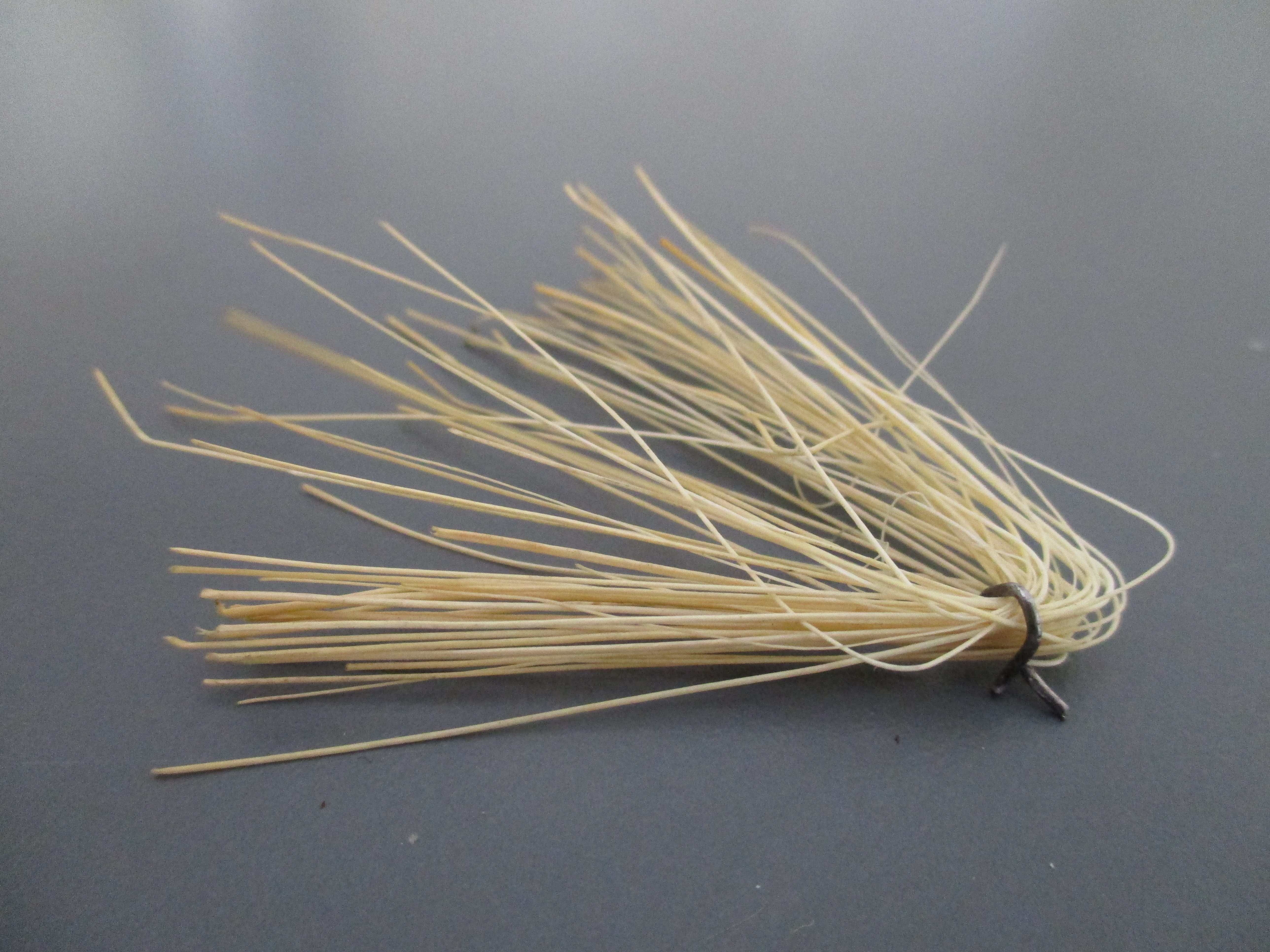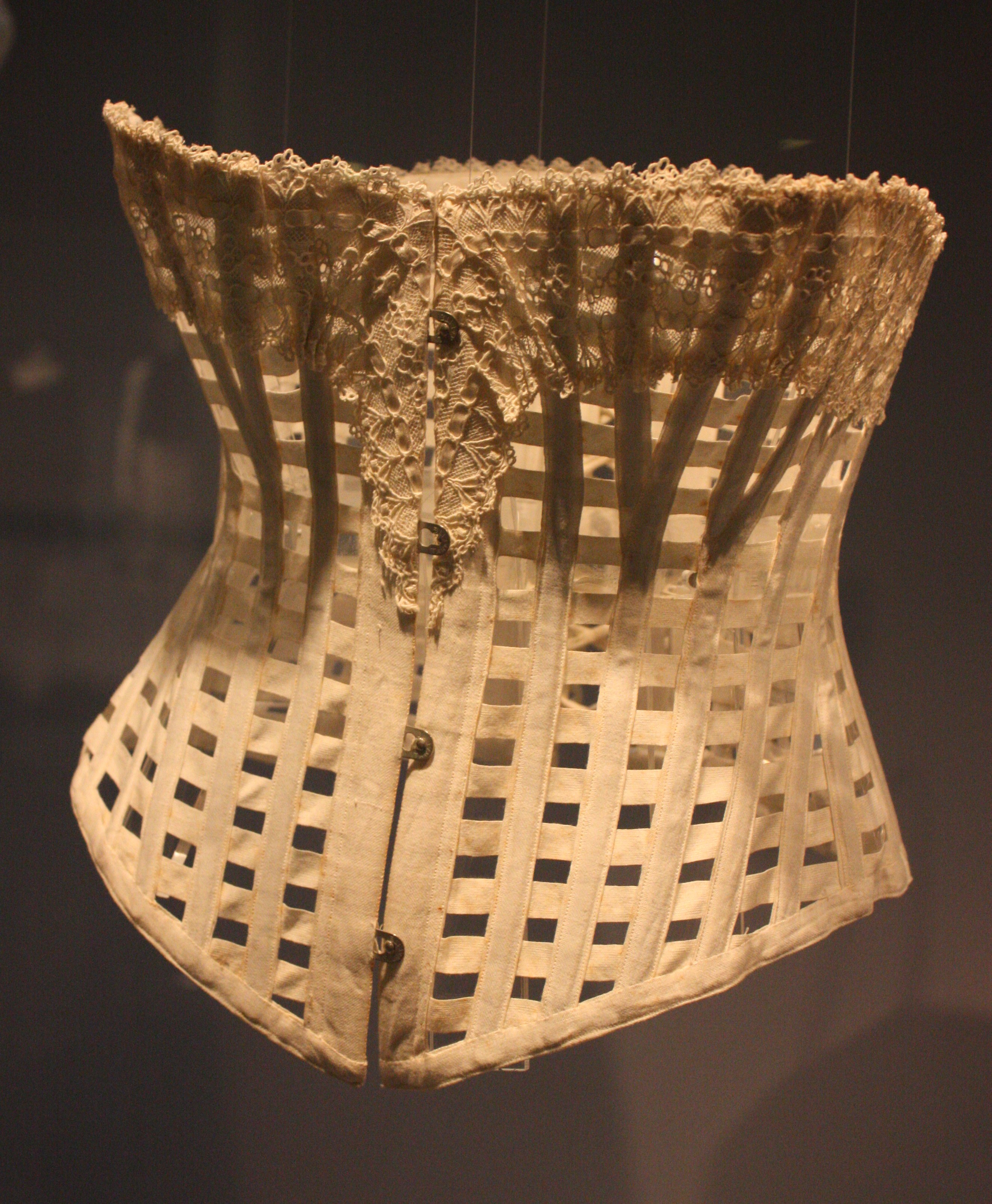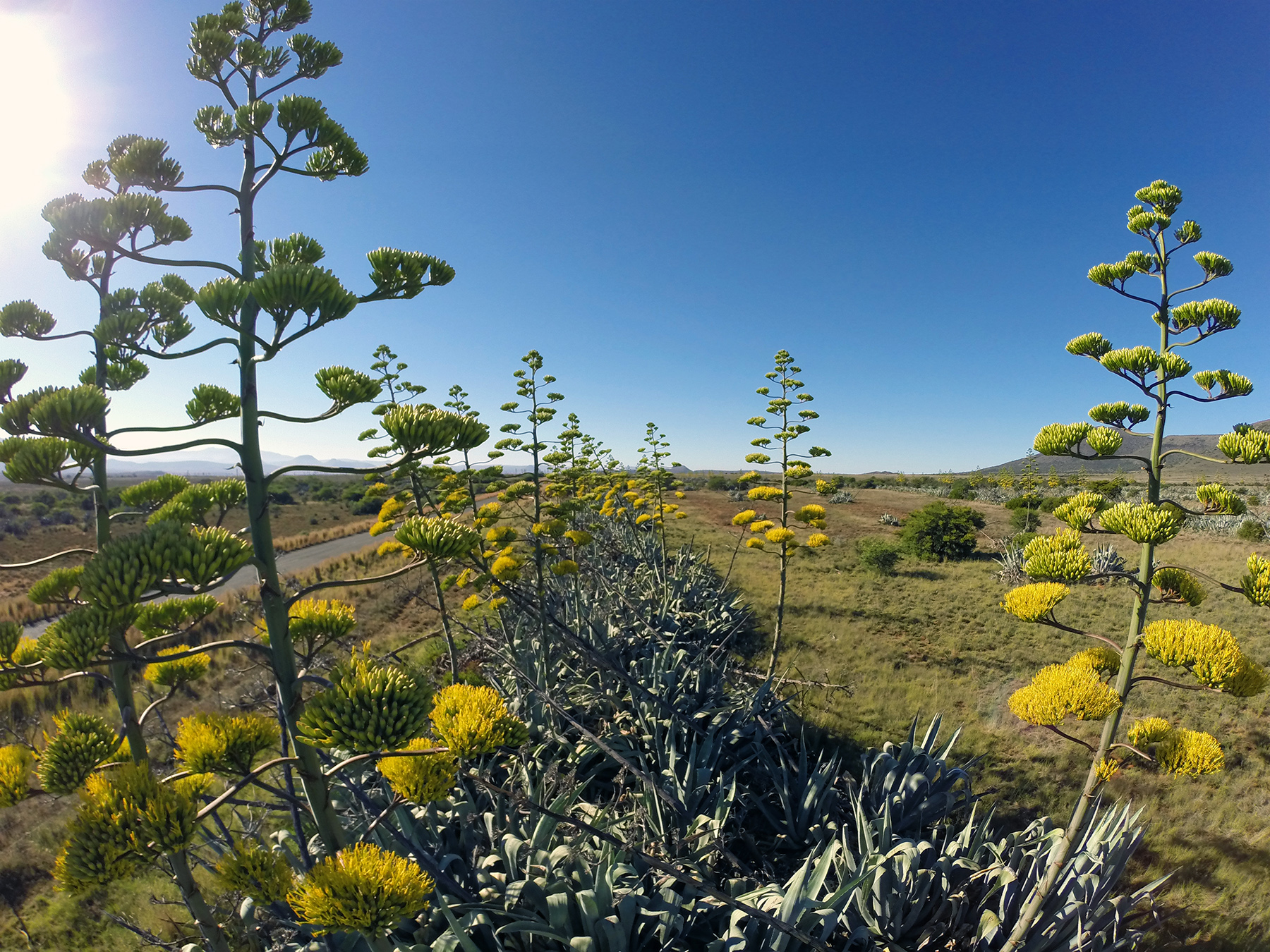|
Ixtle
Ixtle, also known by the trade name Tampico fiber, is a stiff plant fiber obtained from a number of Mexican plants, chiefly species of ''Agave'' and ''Yucca''. The principal source is ''Agave lechuguilla'', the dominant ''Agave'' species in the Chihuahuan Desert. ''Ixtle'' is the common name (or part of the common name) of the plants producing the fiber. ''Ixtle'' is also the common name of a species of bromeliad, ''Aechmea magdalenae'', grown in southern Mexico for its silky fibers. Ixtle fiber is used as a substitute for animal bristles in the manufacture of brushes, cords, and lariats. Wrapped with thread, parallel bundles of fiber were used as the boning in corsets. Types Particular kinds of Ixtle include: *''Tula Ixtle'', produced from ''Agave lechuguilla'' or ''Agave univittata''. The name is derived from the town of Tula, also in the Mexican state of Tamaulipas. The fiber is also obtained from the inner leaves, and is long and almost white. *''Jaumave Ixtle'', produ ... [...More Info...] [...Related Items...] OR: [Wikipedia] [Google] [Baidu] |
Aechmea Magdalenae
''Aechmea magdalenae'' is a flowering plant in the Bromeliaceae family. It is also known as ixtle. This species is native to Central America, southern Mexico, Colombia and Ecuador. The specific epithet ''magdalenae'' comes from the place it was discovered, the Rio Magdalenae Valley in Colombia. The long green leaves feature fierce spines and may reach about 2.5 meters tall. In nature, it is found in moist and swampy woods. The flowers are red and give way to edible fruits. ''A. magdalenae'' uses crassulacean acid metabolism, meaning that it takes in carbon dioxide during the night, stores it, and uses it during the day to produce carbohydrates (allowing its stomata to stay closed during the day, which limits water loss). ''Aechmea magdalenae'' is grown in southern Mexico for its silky fibers. It is also harvested from the wild for these fibers and for its edible fruit. Many in Central and northern South America use the sap from the leaves to prevent infection in wounds, a practi ... [...More Info...] [...Related Items...] OR: [Wikipedia] [Google] [Baidu] |
Agave Lechuguilla
''Agave lechuguilla'' (common name in Chihuahua: ''lechuguilla'', meaning "small lettuce") is an ''Agave'' species found only in the Chihuahuan Desert. The plant flowers once in its life and then dies. Description The plant reproduces most often through underground offshoots, creating large colonies. It also can flower at any time after the plant has reached three to 21 years of age, producing a leafless stalk that can reach in height. The flower clusters are located at the top and are funnel-shaped in purples, reds, and yellows. The plant dies after flowering in May–July. The leaves are long, tough, and rigid, with very sharp, hard points that can easily penetrate clothing and even leather, giving the colloquial name "shin-daggers". Taxonomy Charles Wright first collected the plant in 1849 and it was described by John Torrey in 1859. Distribution and habitat It is an indicator species in the Chihuahuan Desert, the only place it is found. It typically grows on calc ... [...More Info...] [...Related Items...] OR: [Wikipedia] [Google] [Baidu] |
Bone (corsetry)
In corsetry, a bone is one of the rigid parts of a corset that forms its frame and gives it rigidity. The purpose of the ''boning'' in a corset varies slightly from era to era. Generally, the cinching/shaping properties of corsetry puts strain onto the fabric from which the corset is made. The boning supports the desired shape and prevents wrinkling of the corset fabric. Bones, and the substances used for the purpose, are generically called "boning"; however, the name likely arises from the use of whalebone in early corsets. Modern corset boning comes in two differently qualities metal and plastic. Since the turn of the 20th century, steel boning was the standard for a high quality corset. Coming in two different types flat spring steel and spiral steel. While spring steel is most preferred for being thin and flexible it only has the ability to bend in a single direction. Spiral steel is able to bend in left to right as well as front to back, which brings Botha pros and cons as ... [...More Info...] [...Related Items...] OR: [Wikipedia] [Google] [Baidu] |
Touffe De Fibres Et Agrafe
Tuft or tufts or tufted can refer to: Biology * Tufted grass, grasses growing in tussocks * Fascicle (botany), or tuft, a bundle of leaves or flowers growing closely together *specific tufts of feathers on a bird, for example a pectoral tuft *Ungual tufts, groups of hairs at the base of an animal's claws ** Toe tuft, on cats * Ear tuft, fur or feathers around an animal's ear *Enamel tufts, in teeth * Tuft cell, in the intestines ''See also Fascicle (other)'' Other uses * Tufting in textiles *Tuft (aeronautics), a strip of string attached to an aircraft *Tuft, a decorative tassel on a hat * Tufting (composites) in the field of advanced composite materials *Tuft (surname) See also *Toft (other) *Tofte (other) *Tufts (other) Tufts University is a private research university in Medford and Somerville, Massachusetts, U.S. Tufts may also refer to: *Tufts Medical Center, hospital * Tufts (surname) See also *Tuft (other) Tuft or tufts o ... [...More Info...] [...Related Items...] OR: [Wikipedia] [Google] [Baidu] |
Tula, Tamaulipas
Tula is a town located in Tula Municipality in the state of Tamaulipas Tamaulipas (), officially the Free and Sovereign State of Tamaulipas ( es, Estado Libre y Soberano de Tamaulipas), is a state in the northeast region of Mexico; one of the 31 states which, along with Mexico City, comprise the 32 Federal Entiti .... History The city was founded on 22 July 1617 by the Franciscan friar Juan Baptist of Mollinedo thus usually is considered the oldest city in the state of Tamaulipas. In 2011, Tula was declared a '' pueblo mágico''. In August 2013, archeologists discovered 30 skeletons estimated to be about 3,000 years old. This could mean that the area of Tula was home to one of oldest genetic lineages of America. Climate References External linksGobierno Municipal de TulaOfficial website Populated places in Tamaulipas Pueblos Mágicos Populated places established in 1617 {{Tamaulipas-geo-stub ... [...More Info...] [...Related Items...] OR: [Wikipedia] [Google] [Baidu] |
Yucca Carnerosana
''Yucca carnerosana'',McKelvey in Yuccas of the S.W. U.S. 1:24 1938 commonly known as the giant Spanish dagger, is a species of North American plant in the asparagus family. In the United States, it is confined to only a few counties in western Texas. The species is, however, widely distributed in northern Mexico (Coahuila, Durango, Zacatecas, Nuevo León Nuevo León () is a state in the northeast region of Mexico. The state was named after the New Kingdom of León, an administrative territory from the Viceroyalty of New Spain, itself was named after the historic Spanish Kingdom of León. With a ...). It has a wide range and is abundant, and although it has local threats, its population appears to be stable overall. This yucca is cultivated in a few areas such as the Western United States and southern Europe, as well as other locations. ''Yucca carnerosana'' is branched and arborescent, up to 20 feet tall, with snowy white flowers. References External linksphoto ... [...More Info...] [...Related Items...] OR: [Wikipedia] [Google] [Baidu] |
Sisal
Sisal (, ) (''Agave sisalana'') is a species of flowering plant native to southern Mexico, but widely cultivated and naturalized in many other countries. It yields a stiff fibre used in making rope and various other products. The term sisal may refer either to the plant's common name or the fibre, depending on the context. The sisal fibre is traditionally used for rope and twine, and has many other uses, including paper, cloth, footwear, hats, bags, carpets, geotextiles, and dartboards. It is also used as fibre reinforcements for composite fibreglass, rubber, and concrete products. Taxonomy The native origin of ''Agave sisalana'' is uncertain. Traditionally, it was deemed to be a native of the Yucatán Peninsula, but no records exist of botanical collections from there. They were originally shipped from the Spanish colonial port of Sisal in Yucatán (thus the name). The Yucatán plantations now cultivate henequen (''Agave fourcroydes''). H.S. Gentry hypothesized a Ch ... [...More Info...] [...Related Items...] OR: [Wikipedia] [Google] [Baidu] |
Tamaulipas
Tamaulipas (), officially the Free and Sovereign State of Tamaulipas ( es, Estado Libre y Soberano de Tamaulipas), is a state in the northeast region of Mexico; one of the 31 states which, along with Mexico City, comprise the 32 Federal Entities of Mexico. It is divided into 43 municipalities. Tamaulipas is bordered by the states of Nuevo León to the west, San Luis Potosí to the southwest, and Veracruz to the southeast. To the north, it has a stretch of the U.S.–Mexico border with the state of Texas, and to the east it is bordered by the Gulf of Mexico. In addition to the capital city, Ciudad Victoria, the state's largest cities include Reynosa, Matamoros, Nuevo Laredo, Tampico, and Mante. Etymology The name Tamaulipas is derived from ''Tamaholipa'', a Huastec term in which the ''tam-'' prefix signifies "place (where)". No scholarly agreement exists on the meaning of ''holipa'', but "high hills" is a common interpretation. Another explanation of the state nam ... [...More Info...] [...Related Items...] OR: [Wikipedia] [Google] [Baidu] |
Synonym (taxonomy)
The Botanical and Zoological Codes of nomenclature treat the concept of synonymy differently. * In botanical nomenclature, a synonym is a scientific name that applies to a taxon that (now) goes by a different scientific name. For example, Linnaeus was the first to give a scientific name (under the currently used system of scientific nomenclature) to the Norway spruce, which he called ''Pinus abies''. This name is no longer in use, so it is now a synonym of the current scientific name, '' Picea abies''. * In zoology, moving a species from one genus to another results in a different binomen, but the name is considered an alternative combination rather than a synonym. The concept of synonymy in zoology is reserved for two names at the same rank that refers to a taxon at that rank - for example, the name ''Papilio prorsa'' Linnaeus, 1758 is a junior synonym of ''Papilio levana'' Linnaeus, 1758, being names for different seasonal forms of the species now referred to as ''Araschnia l ... [...More Info...] [...Related Items...] OR: [Wikipedia] [Google] [Baidu] |
Agave Funkiana
''Agave'' (; ; ) is a genus of monocots native to the hot and arid regions of the Americas and the Caribbean, although some ''Agave'' species are also native to tropical areas of North America, such as Mexico. The genus is primarily known for its succulent and xerophytic species that typically form large rosettes of strong, fleshy leaves. ''Agave'' now includes species formerly placed in a number of other genera, such as ''Manfreda'', ×''Mangave'', ''Polianthes'' and ''Prochnyanthes''. Many plants in this genus may be considered perennial, because they require several to many years to mature and flower. However, most ''Agave'' species are more accurately described as monocarpic rosettes or multiannuals, since each individual rosette flowers only once and then dies; a small number of ''Agave'' species are polycarpic. Maguey flowers are considered edible in many indigenous culinary traditions of Mesoamerica. Along with plants from the closely related genera ''Yucca'', ''He ... [...More Info...] [...Related Items...] OR: [Wikipedia] [Google] [Baidu] |
Agave Univittata
''Agave univittata'', the thorn-crested century plant or thorn-crested agave, is a plant species native to coastal areas of southern Texas and northeastern Mexico, at elevations less than 100 m (300 feet). It has been widely named ''Agave lophantha'' by botanists including Howard Scott Gentry, but the name ''A. univittata'' is older and therefore more in accord with nomenclatural rules of botany. ''Agave univittata'' has thick, fleshy leaves that are stiff and undulate (wavy) along the margins. It has sharp and prominent spines on the edges and tips of the leaves. Flowering stalk is up to 5 m (16 feet) tall, bearing greenish-white to yellow-ish green flowers. It is cultivated as an ornamental plant, and in the UK the cultivar 'Quadricolor' has won the Royal Horticultural Society's Award of Garden Merit The Award of Garden Merit (AGM) is a long-established annual award for plants by the British Royal Horticultural Society (RHS). It is based on assessment of the plants' perfo ... [...More Info...] [...Related Items...] OR: [Wikipedia] [Google] [Baidu] |




